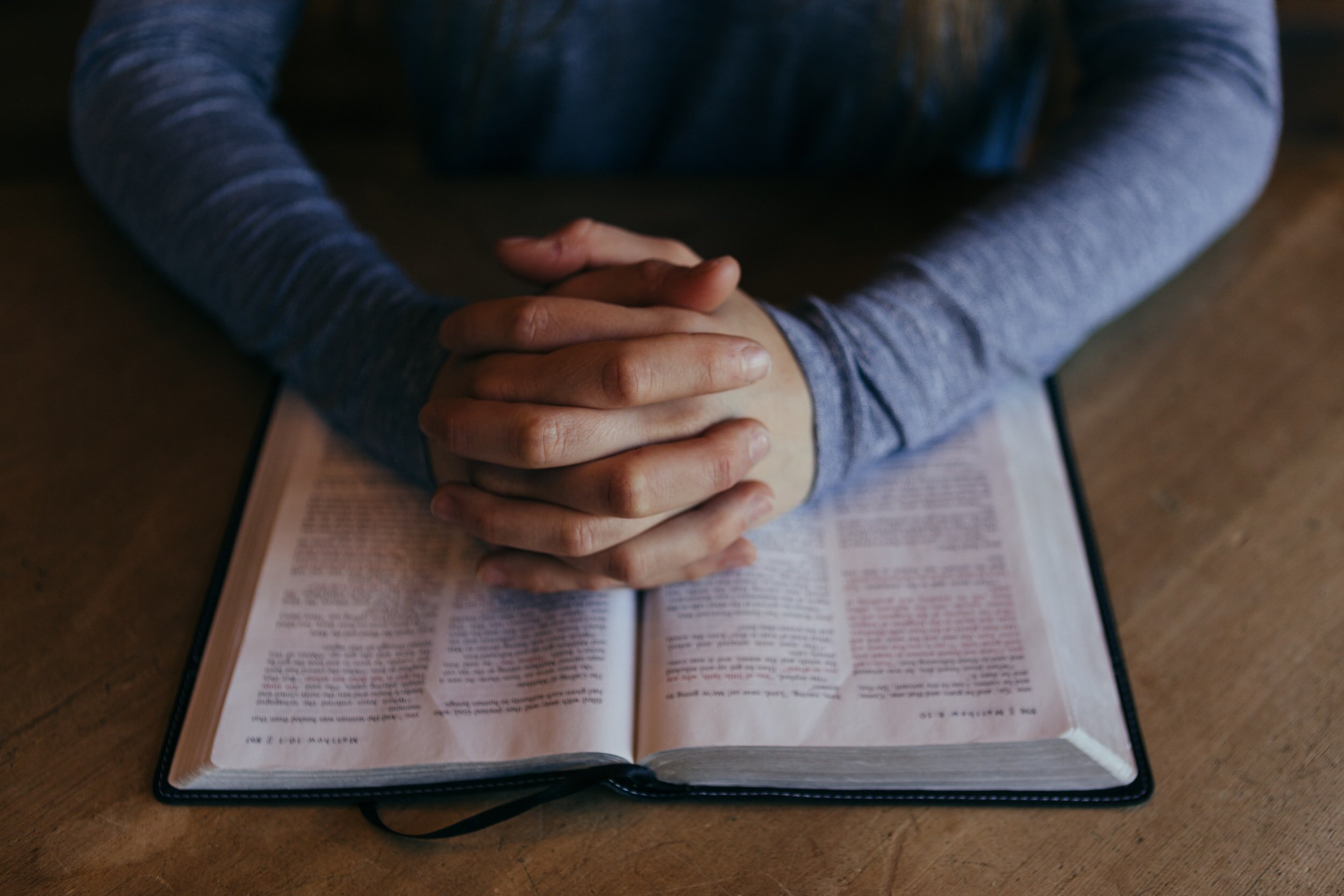The Spiritual Exercises

About the Spiritual Exercises
During the 1520’s, St. Ignatius Loyola began writing about the emotions that took hold of him — feelings of gratitude and anguish, consolation and sadness — while encountering the Scriptures. Those meditations eventually became the Spiritual Exercises, which were first published in 1548.
The Spiritual Exercises is a compilation of meditations, prayers, and other contemplative practices. It is not like other classics in Western spirituality that are typically read from beginning to end. It is more like a handbook, especially for use by spiritual directors who accompany and guide people through this dynamic process of reflection.
And while the Spiritual Exercises is a book, it is also a series of exercises developed by a man who believed that stretching oneself spiritually is as important as an athlete’s conditioning routine.
The object is to help people develop their attentiveness, their openness, and their responsiveness to God. The Exercises are organized into four sections called “weeks.” These are steps along the path of spiritual freedom and collaboration with God’s activity in the world.
Here is one helpful summary of those stages, offered by IgnatianSpirituality.com:
First week. The first week of the Exercises is a time of reflection on our lives in light of God’s boundless love for us. We see that our response to God’s love has been hindered by patterns of sin. We face these sins knowing that God wants to free us of everything that gets in the way of our loving response to him. The first week ends with a meditation on Christ’s call to follow him.
Second week. The meditations and prayers of the second week teach us how to follow Christ as his disciples. We reflect on Scripture passages: Christ’s birth and baptism, his sermon on the mount, his ministry of healing and teaching, his raising Lazarus from the dead. We are brought to decisions to change our lives to do Christ’s work in the world and to love him more intimately.
Third week. We meditate on Christ’s Last Supper, passion, and death. We see his suffering and the gift of the Eucharist as the ultimate expression of God’s love.
Fourth week. We meditate on Jesus’ resurrection and his apparitions to his disciples. We walk with the risen Christ and set out to love and serve him in concrete ways in our lives in the world.
Jesuits typically make the Exercises in literally four weeks, during what is known as the 30-day retreat or simply “The Long Retreat.” And they do so typically at a retreat house with a spiritual director.
But many people make the Exercises in other ways.
One popular version is known as the “Retreat in Daily Life,” sometimes referred to as the “19th Annotation,” which someone can do while continuing his or her daily responsibilities. This approach typically involves an hour a day of prayer and reflection for several months, with regular guidance from a spiritual director.

Resources for Those Interested in Learning More






